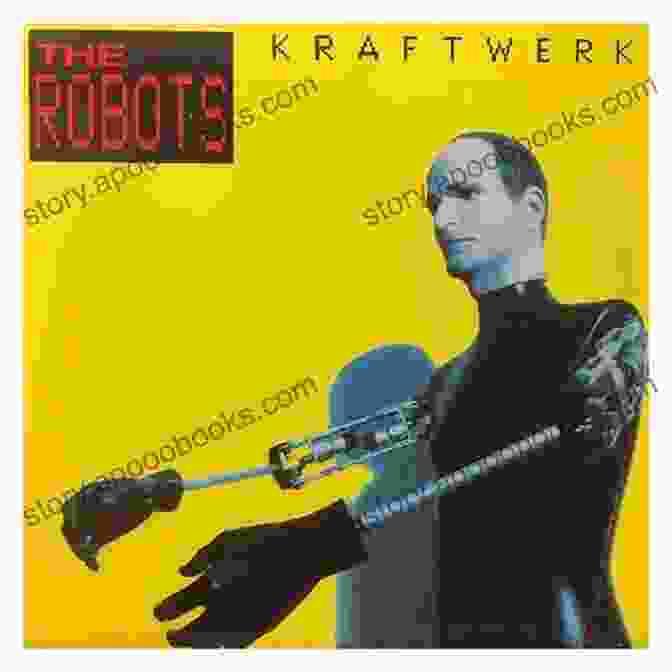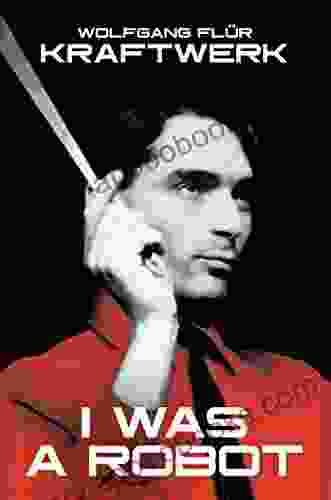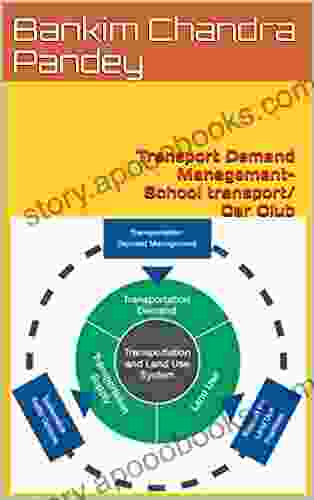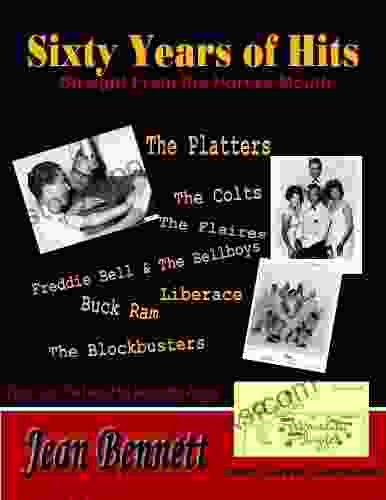Kraftwerk, the German electronic music pioneers, emerged from the industrial heartland of Düsseldorf in the early 1970s. Their groundbreaking work has influenced generations of musicians and shaped the sound of contemporary electronic music. In their book "Kraftwerk Was Robot," authors Wolfgang Flür and Pascal Bussy delve into the enigmatic world of Kraftwerk, exploring the band's relentless pursuit of innovation, their unique creative process, and the profound impact they have had on popular culture.

4.3 out of 5
| Language | : | English |
| File size | : | 21878 KB |
| Text-to-Speech | : | Enabled |
| Screen Reader | : | Supported |
| Enhanced typesetting | : | Enabled |
| Word Wise | : | Enabled |
| Print length | : | 432 pages |
Chapter 1: The Birth of Kraftwerk
The book begins with the formation of Kraftwerk in 1970. Flür and Bussy trace the origins of the band to the artistic experimentation of co-founders Ralf Hütter and Florian Schneider, who sought to create a new form of music that defied conventional boundaries. Through interviews with band members, the authors provide insights into the early influences that shaped Kraftwerk's sound, including Karlheinz Stockhausen's electronic compositions and the minimalist aesthetics of the Bauhaus movement.
Chapter 2: The Machine Age
As Kraftwerk progressed, they embraced the concept of the "man-machine" interface, believing that technology could enhance both human creativity and performance. The authors examine the band's fascination with industrial machinery, automation, and the promise of a utopian future. Kraftwerk's seminal albums of the 1970s, such as "Autobahn" and "Trans-Europe Express," showcased their innovative use of synthesizers, drum machines, and sequencers, creating an immersive and futuristic soundscape.
Chapter 3: The Human Element
Despite their robotic image, Kraftwerk remained deeply human at their core. The book explores the personal dynamics within the band, including the creative tension between Hütter and Schneider. Flür and Bussy also discuss the band's enigmatic stage presence, which was characterized by minimal movement and robotic gestures, but also exuded a strange and compelling charisma.
Chapter 4: Global Impact
Kraftwerk's influence extended far beyond the realm of electronic music. The authors explore the band's impact on popular culture, from their collaborations with David Bowie to their iconic imagery that has been referenced in film, television, and art. Kraftwerk's music has been hailed as a precursor to techno, house, and other electronic music subgenres, solidifying their status as pioneers of the genre.
Chapter 5: The Legacy
In the book's final chapter, Flür and Bussy reflect on Kraftwerk's enduring legacy. They discuss the band's continued relevance in the digital age and their influence on contemporary artists and musicians. Kraftwerk's pursuit of artistic innovation and their unwavering commitment to their vision have left an indelible mark on the world of music, inspiring generations to come.
"Kraftwerk Was Robot" is an essential read for anyone interested in electronic music, the history of popular culture, or the intersection of art and technology. Through in-depth research and exclusive interviews, Wolfgang Flür and Pascal Bussy offer an unparalleled glimpse into the creative process and enigmatic world of Kraftwerk. The book is a testament to the band's enduring influence and their timeless contribution to the evolution of music.


























































































